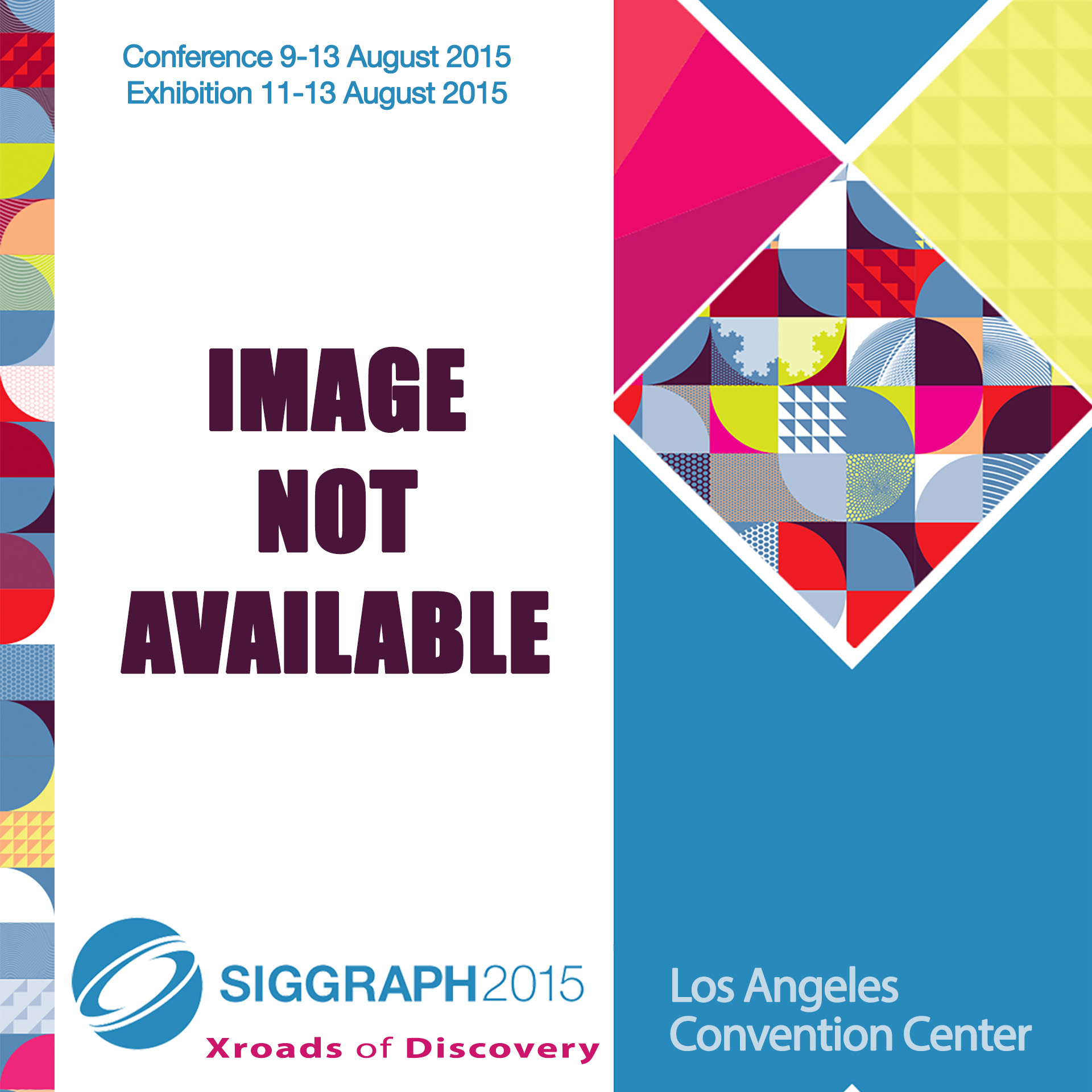“3DFlow: continuous summarization of mesh editing workflows” by Denning, Tibaldo and Pellacini
Conference:
Type(s):
Title:
- 3DFlow: continuous summarization of mesh editing workflows
Presenter(s)/Author(s):
Abstract:
Mesh editing software is improving, allowing skilled artists to create detailed meshes efficiently. For a variety of reasons, artists are interested in sharing not just their final mesh but also their whole workflow, though the common media for sharing has limitations. In this paper, we present 3DFlow, an algorithm that computes continuous summarizations of mesh editing workflows. 3DFlow takes as input a sequence of meshes and outputs a visualization of the workflow summarized at any level of detail. The output is enhanced by highlighting edited regions and, if provided, overlaying visual annotations to indicated the artist’s work, e.g. summarizing brush strokes in sculpting. We tested 3DFlow with a large set of inputs using a variety of mesh editing techniques, from digital sculpting to low-poly modeling, and found 3DFlow performed well for all. Furthermore, 3DFlow is independent of the modeling software used because it requires only mesh snapshots, and uses the additional information only for optional overlays. We release 3DFlow as open source for artists to showcase their work and release all our datasets so other researchers can improve upon our work.
References:
1. Barnes, C., Goldman, D. B., Shechtman, E., and Finkelstein, A. 2010. Video tapestries with continuous temporal zoom. ACM Trans. Graph. 29 (July), 89:1–89:9. Google ScholarDigital Library
2. Blender Foundation, 2011. Sintel. www.sintel.org.Google Scholar
3. Chen, H.-T., Wei, L.-Y., and Chang, C.-F. 2011. Nonlinear revision control for images. ACM Transaction on Graphics 30, 4, 105:1–105:10. Google ScholarDigital Library
4. Chen, H.-T., Grossman, T., Wei, L.-Y., Schmidt, R., Hartmann, B., Fitzmaurice, G., and Agrawala, M. 2014. History assisted view authoring for 3D models. In Proceedings of the SIGCHI Conference on Human Factors in Computing Systems, ACM, New York, NY, USA, CHI ’14. Google ScholarDigital Library
5. Denning, J. D., and Pellacini, F. 2013. MeshGit: Diffing and merging meshes for polygonal modeling. ACM Transaction on Graphics 32, 4. Google ScholarDigital Library
6. Denning, J. D., Kerr, W. B., and Pellacini, F. 2011. Mesh- Flow: interactive visualization of mesh construction sequences. ACM Transaction on Graphics 30, 4, 66:1–66:8. Google ScholarDigital Library
7. Doboš, J., Mitra, N. J., and Steed, A. 2014. 3D Timeline: Reverse engineering of a part-based provenance from consecutive 3d models. Eurographics Symposium on Rendering 33, 2. Google ScholarDigital Library
8. Goralczyk, A., 2008. Creature. Creature Factory Blender Open Movie Workshop, vol. 2.Google Scholar
9. Grossman, T., Matejka, J., and Fitzmaurice, G. 2010. Chronicle: capture, exploration, and playback of document workflow histories. In Proceedings of the 23nd annual ACM symposium on User interface software and technology, ACM, New York, NY, USA, UIST ’10, 143–152. Google ScholarDigital Library
10. Holten, D., and Van Wijk, J. J. 2009. Force-directed edge bundling for graph visualization. Computer Graphics Forum 28, 3, 983–990. Google ScholarDigital Library
11. Kaufmann, N., Schulze, T., and Veit, D. 2011. More than fun and money. worker motivation in crowdsourcing–a study on mechanical turk.Google Scholar
12. Kong, N., Grossman, T., Hartmann, B., Agrawala, M., and Fitzmaurice, G. 2012. Delta: a tool for representing and comparing workflows. In Proceedings of the 2012 ACM annual conference on Human Factors in Computing Systems, ACM, New York, NY, USA, CHI ’12, 1027–1036. Google ScholarDigital Library
13. Li, W., Grossman, T., and Fitzmaurice, G. 2012. Gami-CAD: a gamified tutorial system for first time autocad users. In Proceedings of the 25th annual ACM symposium on User interface software and technology, ACM, New York, NY, USA, UIST ’12, 103–112. Google ScholarDigital Library
14. Matejka, J., Li, W., Grossman, T., and Fitzmaurice, G. 2009. CommunityCommands: command recommendations for software applications. In Proceedings of the 22nd annual ACM symposium on User interface software and technology, ACM, New York, NY, USA, UIST ’09, 193–202. Google ScholarDigital Library
15. Nakamura, T., and Igarashi, T. 2008. An application-independent system for visualizing user operation history. In Proceedings of the 21st annual ACM symposium on User interface software and technology, ACM, New York, NY, USA, UIST ’08, 23–32. Google ScholarDigital Library
16. Orbay, G., and Kara, L. B. 2011. Beautification of design sketches using trainable stroke clustering and curve fitting. IEEE Transactions on Visualization and Computer Graphics 17, 5 (May), 694–708. Google ScholarDigital Library
17. Pottmann, H., Wallner, J., Huang, Q.-X., and Yang, Y.- L. 2009. Integral invariants for robust geometry processing. Comput. Aided Geom. Des. 26, 1 (Jan.), 37–60. Google ScholarDigital Library
18. Roosendaal, T., 2011. Durian open movie project : Sintel full studio SVN online. www.sintel.org/news/sintel-full-studio-svn-online.Google Scholar
19. Silva, S., Madeira, J., and Santos, B. S. 2009. PolyMeCo— an integrated environment for polygonal mesh analysis and comparison. Computers & Graphics 33, 2, 181–191. Google ScholarDigital Library
20. Terry, M., Kay, M., Van Vugt, B., Slack, B., and Park, T. 2008. Ingimp: introducing instrumentation to an end-user open source application. In Proceedings of the SIGCHI Conference on Human Factors in Computing Systems, ACM, New York, NY, USA, CHI ’08, 607–616. Google ScholarDigital Library
21. Vazquez, P., 2009. Durano model. Venom’s Lab Blender Open Movie Workshop, vol. 4.Google Scholar
22. Vistrails, 2010. VisTrails provenance explorer for Maya. www.vistrails.com/maya.html.Google Scholar




